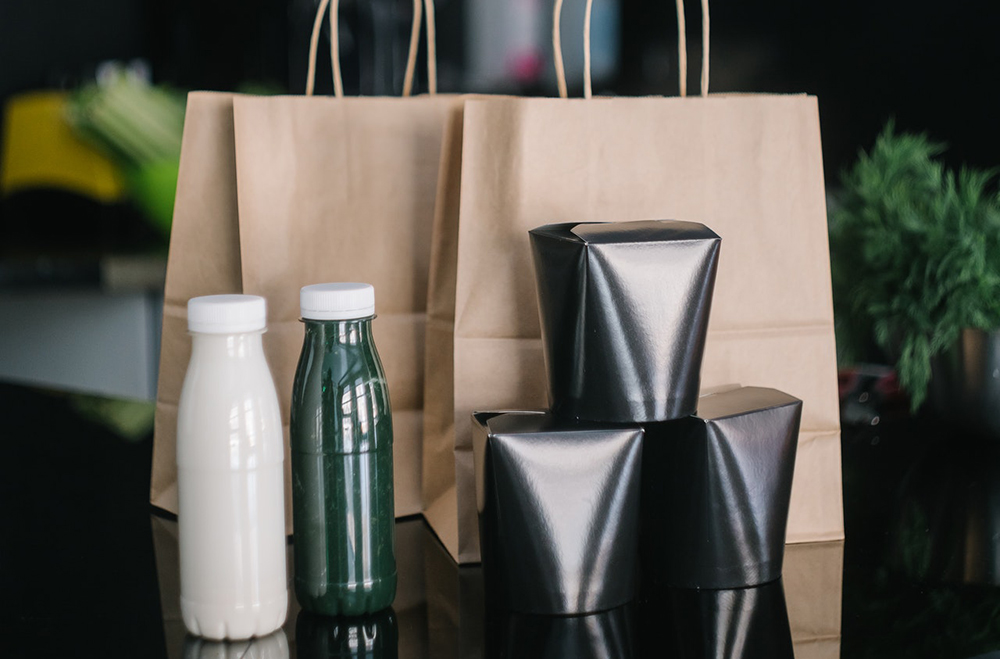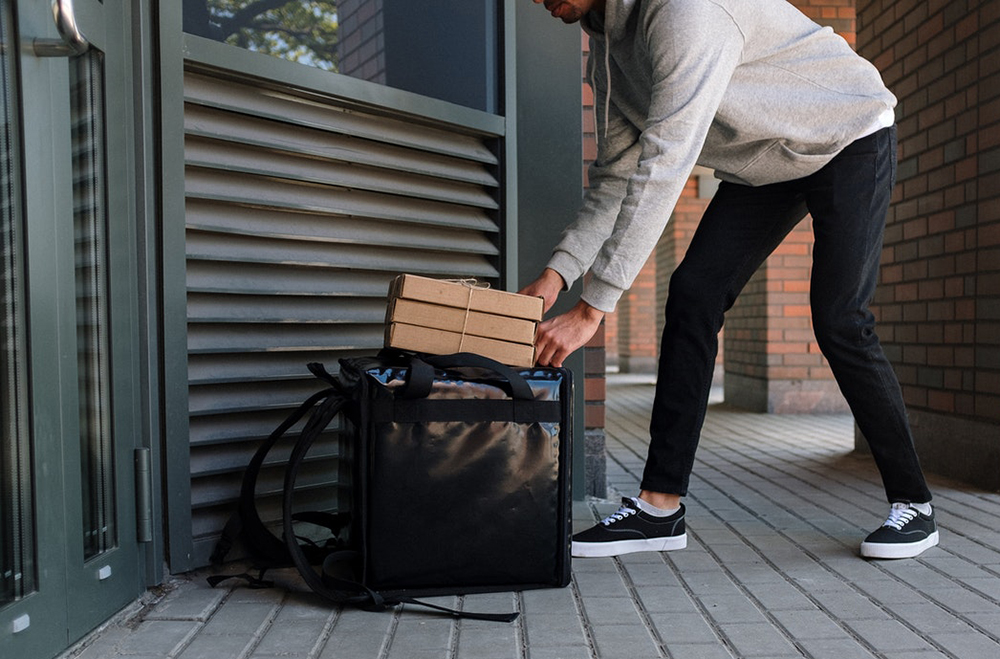Food transportation occurs on small and large scales. You can have food transportation issues when bringing food from the kitchen into the dining room, or you can deal with food miles which can be hundreds or thousands of miles.
Maintaining strict control over your food transportation can help you improve your restaurant.

1. Know How Far Your Food Has Traveled
In many countries around the world, knowing how far food has traveled is a major selling point. There are a lot of countries, such as Italy, where they promote zero kilometer food, which is a nice way of saying that the farm right down the road supplied the ingredients.
When you know how far the food has traveled to get to your restaurant, you'll know:
- Emissions
- Unseen costs
- Freshness
Today's food transportation includes air travel where foods are packed into cargo planes and shipped across the world. In terms of freshness, it's difficult to promote freshness when ingredients have traveled thousands of miles to reach your restaurant.
When possible, consider sourcing ingredients from local farmers and producers.
You'll:
- Reduce your carbon footprint
- Enjoy fresher ingredients
- Be able to market your business as a responsible eatery
And once the ingredients reach your destination, you'll often have to transport it out of your kitchen to a venue while keeping it fresh.
2. Meet Food Safety Transportation Standards With a Food Transporter
There's a cost of food transportation that goes well beyond Styrofoam trays or Tupperware. When you're responsible for the transportation of food to a wedding or venue, it's important to have a food transporter.
These transporters are designed for both hot food transportation and frozen food transportation.
Insulation keeps hot foods hot and cold foods cold. Multiple models are available that go well beyond food storage box, including:
If you're transporting food often, these units will allow you to safely transport food items, keep them warm or cold and not have to worry about waste.
Add in a dolly to make it even easier to transport these transporters.
Simply place the transporter on the dolly and wheel the food to its destination.

3. Consider Seasonality to Keep Food Fresh
Keeping your food fresh is key to ensuring that your customers are happy. When it comes to food transportation equipment, there's little that can be done to keep food as fresh as the day it was picked, slaughtered or fished.
One way to keep the food items on your menu as fresh as possible is to consider a seasonal menu.
Seasonal items change, allowing your restaurant to offer new, exciting dishes to guests each and every season. Sure, some signature items in the summer may not be possible to make in the winter, but seasonal foods allow you to:
- Guarantee the freshness of ingredients
- Support local farmers
- Experiment with new, exciting dishes
Seasonal foods also allow you to reduce carbon emissions. Food mileage can be greatly reduced by offering seasonal items, allowing your patrons to enjoy the freshest, most flavorful food possible.
4. Create Maintenance and Inspection Protocols
If you're responsible for transporting food items, it's important to focus on food safety above all else. This means putting protocols in place for both inspecting equipment and maintaining it. For example, if you have hot boxes for food transportation, be sure that they're fully inspected prior to shipping food.
Restaurants that have their own vehicles to transport food items should do the following:
- Routinely inspect the vehicles
- Follow a strict maintenance routine
- Create pre-trip inspection checklists
- Train drivers on proper food transport sanitization
It's important, when transporting food items in a vehicle, to keep in-depth records that show proof that you're taking all precautions to keep food as fresh as possible.
5. Create a Food Safety Transportation Plan
Proper planning goes well beyond buying the best hot food transportation equipment or food transportation containers. A company food transportation plan should be put in place whether you're shipping your food to a wedding venue or to supermarkets for sale.
Your corner of the industry will dictate the type of plan that you create, but it should include:
- Company policy. A company policy should be put in place to ensure that you meet all regulations and requirements when transporting food items. This is a policy that will evolve and change over time.
- Training plan. New employees that are involved, in any form, with food transportation should be properly trained. Your employees need to know about the latest regulations for food transportation and measures to take to keep your company compliant.
- Inspection. An inspection plan should cover pre-load inspections that allow for visual inspections of the load and sanitization of the trailer, too.
It's important to adapt the plan to the needs of your business.

6. Work Closely With Shippers
Your suppliers should provide you with information on the shippers that will be used. If you're a major customer, you should have access to an account manager and be able to discuss shipments with the shipping company.
It's important that you maintain a role in ensuring that food products are kept safe and comply with FDA regulations.
You have a right to ensure that the shipper:
- Cleans and sanitizes their trucks and equipment before food is transported
- Cargo won't contaminate food items
- Temperature control systems are in place to keep food at proper levels to maximize freshness
Work closely with your shippers to ensure that they do everything possible to keep ingredients fresh before it reaches your restaurant.
7. Promote Responsible Shipping and Ingredient Purchases
If you're keeping your ingredients local and doing your best to promote responsible shipping, promote it. Consumers vote with their money, and if you're cutting down on your carbon footprint and buying local, promote it in your marketing materials.
Consumers want fresh, delicious food, and that starts with ensuring that your ingredients arrive at your restaurant as safely as possible.
The food transportation tips and rules above can help you ensure that your food items arrive at your restaurant or to the consumer as fresh as possible.


